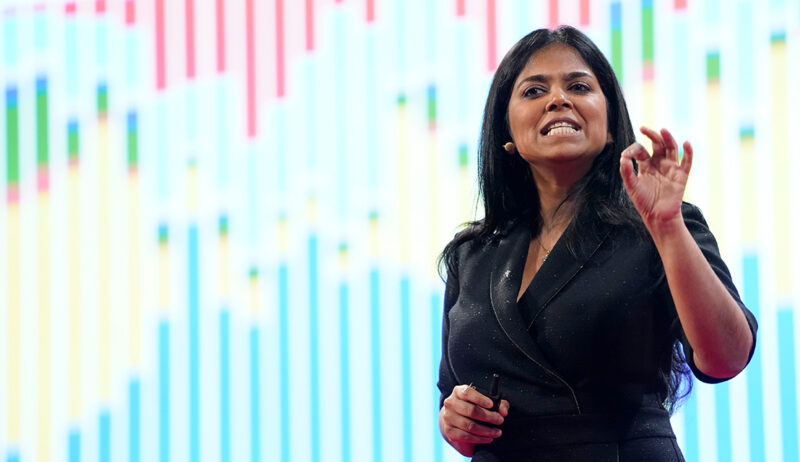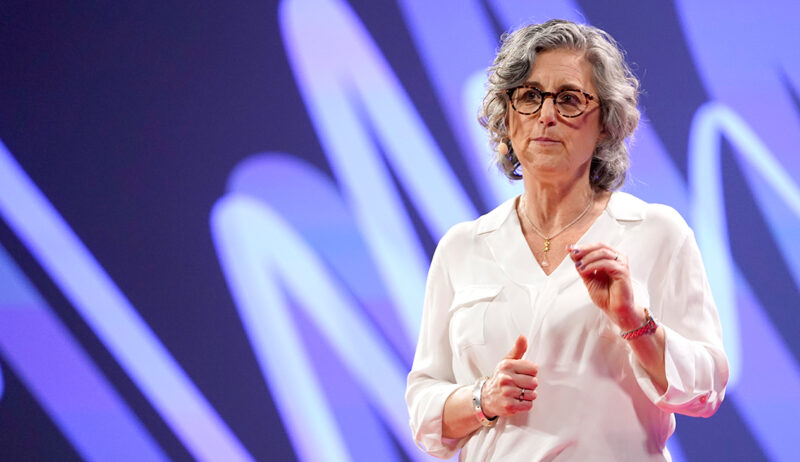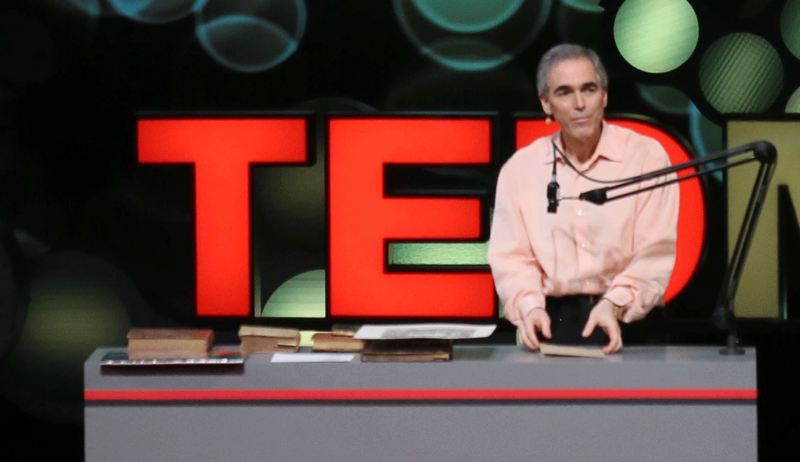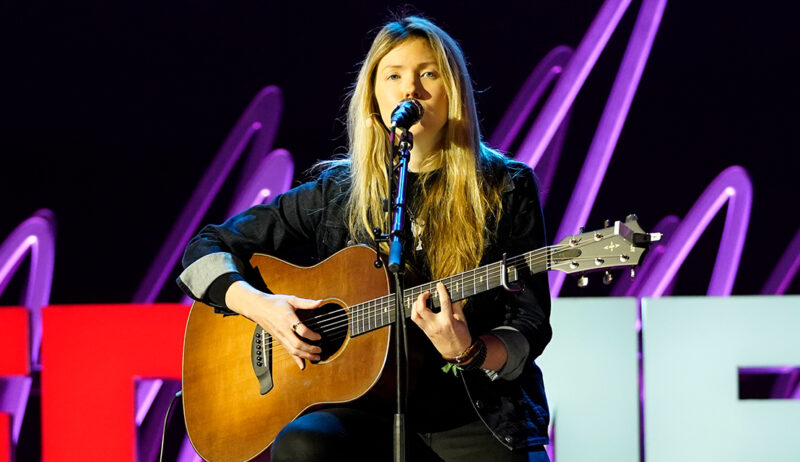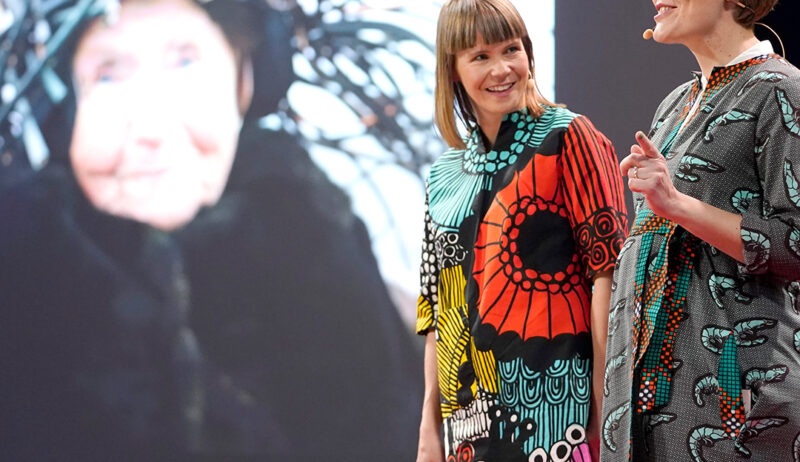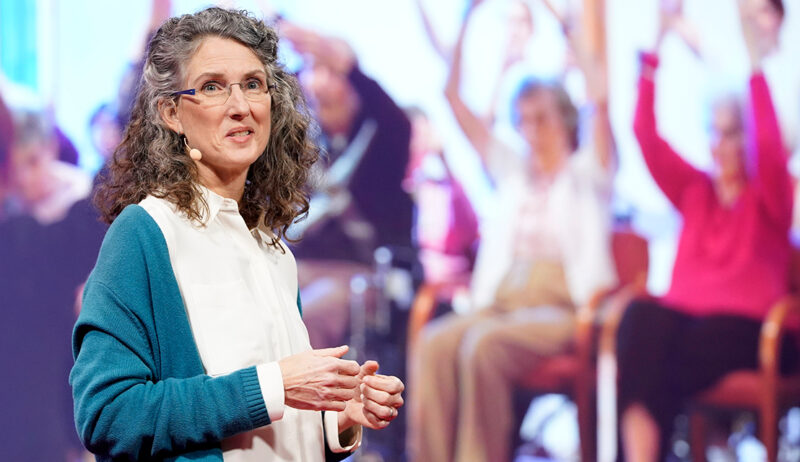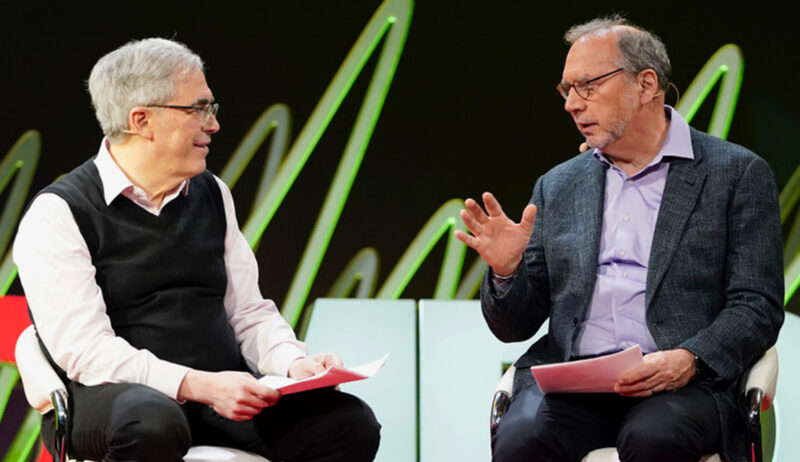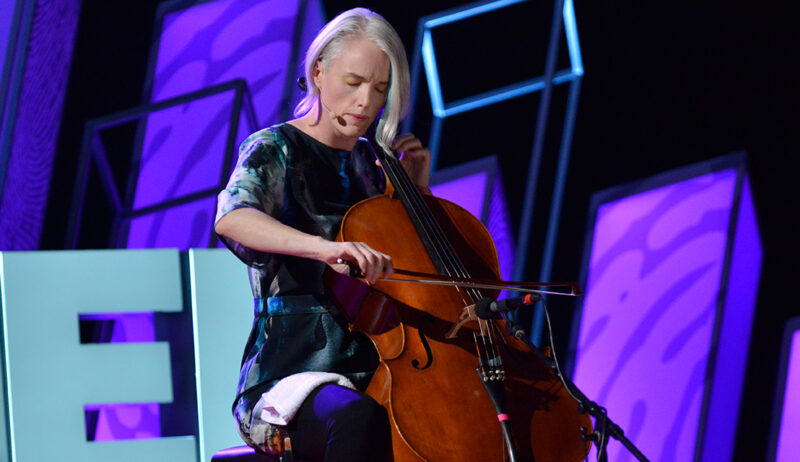About this talk
We live in a time of information overload, inundated with facts about the world around us. When it comes to Climate Change, the data continues to be so overwhelming that it is easy to become jaded to it. That’s why Ecological Artist Thijs Biersteker dedicates his work to helping us feel facts again. He argues that “if the facts can’t reach us, how can they teach us?” Through immersive and interactive art installations, he collaborates with scientists and researchers to bring their findings to life.
From demonstrating the impact of one cigarette butt on water pollution to turning “human beings into plastic beings,” Thijs’ art is moving, impactful, and urges us to observe science through a new lens. When science and art unite, facts speak loud and clear. Watch Thijs’ Talk, “Bringing facts to life through ecological art”, to experience the impact of ecological art in shaping our consciousness of climate change.
About Thijs Biersteker
See more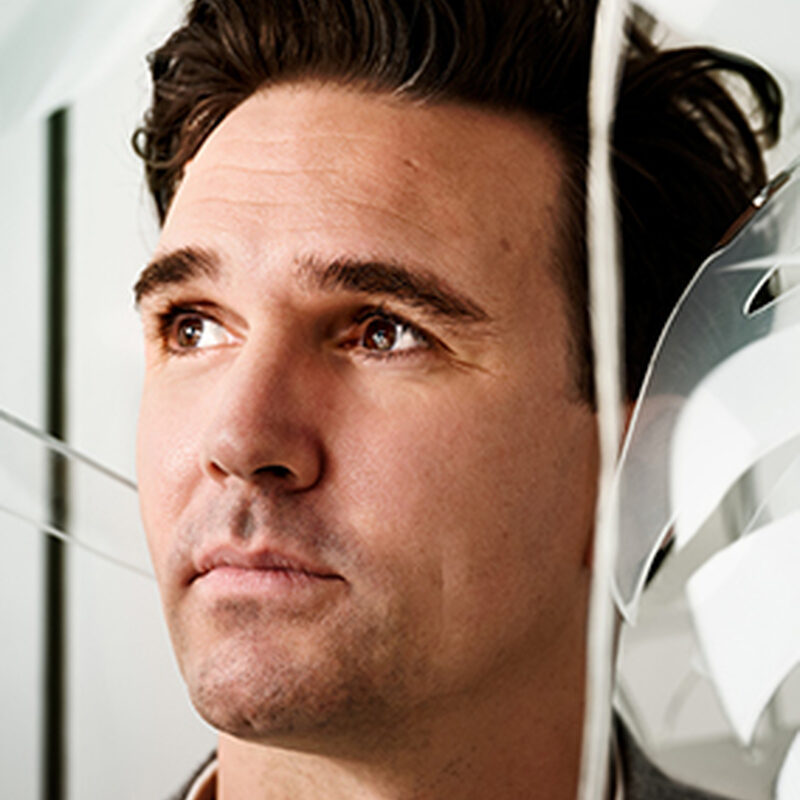
About Thijs
Thijs Biersteker is a Dutch artist who creates interactive art installations that focus on environmental issues. He uses his work to make topics like climate change, deforestation, and the Anthropocene period easier for people to understand and connect with. Biersteker’s art is often referred to as “eco-awareness art.” He collaborates with scientists, universities, and research groups to combine art, technology, and ecology into experiences that aim to create real change. His installations use the latest technology to allow visitors to experience environmental problems firsthand. For example, some of his pieces allow people to see the rainforest disappear before their eyes or give a “voice” to trees using data collected from them. In addition to his art, Thijs is a lecturer at Delft University of Technology in the Netherlands, where he teaches about art, ethics, and empathy. His innovative approach has earned him several major awards, including the Lumen Prize for digital art, and he has been nominated for prestigious honors including the Stars Prize from Ars Electronica and the New Technology Art Award.
